Fireworks, Thunderstorms & Travel: How to Help Your Dog Stay Calm

Dogs are incredible companions, bringing joy, comfort, and loyalty into our lives. Yet, as pet parents, we often face challenges when our furry friends become anxious or stressed, especially during events like fireworks, thunderstorms, or travel. Understanding the root causes of anxiety in dogs, recognizing the signs, and learning effective strategies to support them can make a huge difference in their well-being and your peace of mind.
In this comprehensive guide, I’ll share insights and practical advice on helping dogs cope with anxiety during stressful events. Drawing from extensive experience and expert knowledge, this article addresses common questions about dog anxiety, including breed tendencies, signs to watch for, travel-related stress, calming supplements, lifestyle adjustments, and when to seek professional help.
Why Are Fireworks and Thunderstorms Particularly Stressful for Dogs?
One of the most common triggers for canine anxiety is loud, unpredictable noises like fireworks and thunderstorms. But why do these events affect dogs so intensely?
Dogs have heightened senses compared to humans. Their hearing and smell are far more sensitive, enabling them to detect sounds and scents we often don’t notice. For instance, while a person might not hear distant gunshots during hunting season, some dogs pick up on those sounds and become restless or anxious. This heightened sensory perception means that loud noises can be startling, overwhelming, and even frightening for many dogs.
Moreover, anxiety can sometimes be learned behavior. If multiple dogs live in the same household and one reacts nervously to a stimulus like fireworks, others may pick up on this behavior and start exhibiting similar stress responses. This social learning can amplify anxiety within the home.
Breed and age also play roles. Although any dog can develop anxiety, herding breeds like Border Collies, Australian Shepherds, and Terriers are often more prone to anxiety-related behaviors. Age-wise, anxiety can manifest in puppies or develop later in life, sometimes linked to cognitive decline.
Recognizing the Signs of Anxiety in Dogs
Dogs express anxiety in various ways, and these signs can differ widely from one dog to another. Here are some common behaviors that indicate a dog is stressed or anxious during events like fireworks or storms:
- Restlessness and pacing: Some dogs continuously move around, unable to settle down.
- Hiding: Seeking a safe, secluded spot such as under a bed, inside a crate, or in a quiet room.
- Vocalization: Barking, whining, or howling in response to stress.
- Panting and trembling: Physical signs of nervousness or fear.
- Excessive drooling: Some dogs salivate more when anxious.
- Destructive behavior: In extreme cases, dogs may chew furniture, damage kennels, or even walls to escape or alleviate stress.
Understanding these signs early can help you intervene before anxiety escalates. Sometimes, subtle cues like a dog picking up its head and looking around nervously may be the first indication that something is bothering them.
Travel and Vet Visits: Common Triggers of Dog Anxiety
Traveling with dogs, whether for a vet visit or a family trip—can be a significant source of stress. Several factors contribute to this anxiety:
- Motion sickness: Puppies and some adult dogs may experience nausea while riding in cars, which creates a negative association with travel.
- Negative past experiences: If a dog only gets into the car for vet visits and has had unpleasant experiences there, they may start to associate the car ride with fear or discomfort.
- Unfamiliar environments: Leaving the safety of home and encountering new people, places, and sounds can be overwhelming, especially for poorly socialized dogs.
- Separation anxiety: Dogs may become anxious when they sense their owner is leaving, triggered by routine cues like packing or brushing teeth.
Signs of travel-related anxiety include drooling, pacing, barking, whining, panting, and restlessness. These behaviors can create safety risks in vehicles if dogs are unrestrained and move freely between seats.
Common Mistakes Pet Owners Make When Traveling with Anxious Dogs
Traveling with an anxious dog requires preparation and patience. Some of the most frequent mistakes pet owners make include:
- Lack of preparation: Failing to acclimate the dog gradually to car rides or long trips can increase stress.
- Not having calming aids or distractions: Bringing toys, treats, or familiar bedding can help soothe your dog.
- Skipping breaks: Long trips without stops can increase discomfort and anxiety.
- Not securing the dog: Allowing dogs to roam freely in the car is unsafe and can worsen anxiety.
- Owner stress: Dogs are sensitive to their owners’ emotions. If you are anxious or frustrated, your dog will pick up on this and become more stressed.
To help your dog adjust, start with short drives and gradually increase the duration. Reward calm behavior and try to keep your own demeanor relaxed and reassuring.
Creating a Safe Space for Your Dog During Stressful Events
One of the most effective ways to help a dog cope with anxiety is to provide a safe, comforting space where they can retreat. This can be a crate, a specific room, or a cozy corner with their favorite bed and toys.
Crate training is particularly valuable, as it teaches dogs that their crate is a secure, calming environment. Many dogs naturally go to their crate when they feel nervous or overwhelmed, making it an ideal refuge during thunderstorms or fireworks.
- Additional tips for creating a safe space include:
- Keeping the dog indoors during noisy events whenever possible.
- Playing calming music or white noise to mask frightening sounds.
- Ensuring the space is comfortable with familiar scents and objects.
- Remaining calm and composed yourself to help your dog feel secure.
If your dog must stay outside, take extra precautions to ensure their safety. Avoid tethering dogs during storms or fireworks, as they may panic and injure themselves. Provide a sheltered area away from the noise and consider bringing them indoors if possible.
Calming Supplements: Ingredients and Usage
Calming supplements can be a helpful part of managing dog anxiety, especially when used alongside behavioral strategies. When choosing a supplement, look for ingredients that support neurotransmitter balance and overall nervous system health. Key ingredients include:
- L-theanine: An amino acid known to promote relaxation without sedation.
- L-tryptophan: A precursor to serotonin, which helps regulate mood and anxiety.
- Magnesium: A mineral that supports nervous system function and can reduce stress.
While some supplements may also include GABA (gamma-aminobutyric acid), it’s important to choose products that align with your preferences and your veterinarian’s recommendations.
It’s best to start supplements well in advance of known stressors, such as fireworks season, so you can monitor your dog’s response. Some dogs may show improvement within days to a week, while others may take several weeks to benefit fully. Always work closely with your veterinarian to determine the right dosage and duration for your dog.
Long-Term Strategies for Managing Anxiety
Many dogs with anxiety related to storms, fireworks, or travel also experience ongoing stress throughout the year. In these cases, calming supplements can be part of a long-term management plan to improve quality of life.
Beyond supplements, lifestyle adjustments play a crucial role in supporting a dog’s ability to handle stress:
- Quality diet: A nutritious, balanced diet supports overall health, which can influence mood and anxiety levels. Rotating protein sources and including fresh foods may provide a broader range of nutrients.
- Regular exercise: Physical activity helps expend excess energy and reduces stress hormones.
- Mental stimulation: Puzzle toys, training sessions, and enrichment activities tire dogs mentally, which may be even more effective than physical exercise in reducing anxiety for some dogs.
- Consistent routine: Many dogs thrive on predictable daily schedules, which create a sense of security.
- Positive socialization: Exposure to new environments and people in a controlled, positive manner can build confidence.
It’s important to evaluate your dog’s individual needs and adjust routines accordingly. Sometimes, changing a routine that inadvertently increases anxiety is necessary to create a calmer environment.
When to Seek Professional Help
Deciding when to consult a professional about your dog’s anxiety can be challenging. Some owners may tolerate mild anxiety for a long time, while others seek help as soon as signs appear. Here are some guidelines:
- If your dog’s anxiety is worsening or interfering with daily life.
- If you’ve tried behavioral techniques and supplements without success.
- If your dog exhibits destructive behaviors or physical signs of extreme stress.
- If you feel overwhelmed or unsure about how to help your dog.
Veterinarians, veterinary behaviorists, and qualified trainers can provide tailored advice and treatment plans. Medication may also be recommended in severe cases to improve the dog’s quality of life.
Tips for New Users of Calming Supplements
If you’re new to using calming supplements for your dog, consider the following tips:
- Find the right veterinarian: Choose a vet who respects your approach, whether you prefer natural remedies or pharmaceuticals.
- Research supplement quality: Ask about ingredient sourcing, quality control, and evidence supporting the product’s effectiveness.
- Be patient: Anxiety didn’t develop overnight, and it may take time to see improvement.
- Monitor your dog: Watch for changes in behavior and share observations with your vet to adjust treatment as needed.
- Customize your approach: Some dogs need a safe space; others need the comfort of their owners. Tailor your strategy to your dog’s unique preferences.
The Most Important Thing Pet Owners Can Do During Stressful Events
While there are many ways to help an anxious dog, the single most important action is to create a safe, comforting environment that encourages relaxation and security. This includes:
- Providing a quiet, cozy safe space.
- Using calming music or white noise to mask frightening sounds.
- Maintaining your own calm demeanor to reassure your dog.
- Being patient and avoiding frustration, as dogs are highly sensitive to their owners’ emotions.
Watching your dog carefully and recognizing their subtle signs of anxiety can allow you to intervene early and tailor your approach as needed. Remember, every dog is different, and what works for one may not work for another.
Conclusion: Supporting Your Dog Through Anxiety
Managing anxiety in dogs during fireworks, thunderstorms, travel, or everyday stressors is a journey that requires understanding, patience, and the right tools. By recognizing the signs of anxiety, creating safe spaces, using supplements wisely, and maintaining a healthy lifestyle, you can help your dog feel more secure and comfortable.
Don’t hesitate to seek professional help if your dog’s anxiety becomes overwhelming or unmanageable. With the right support, most dogs can learn to cope better with stress, leading to a happier, healthier life for both pets and their owners.
Remember, your calm and loving presence is one of the greatest comforts to your dog. Together, you can navigate stressful events and strengthen your bond along the way.
Author: Jody Griffiths, CVT

Calm
A calming daily soft chew for dogs featuring natural ingredients like L-theanine and lemon balm to promote relaxation without drowsiness.





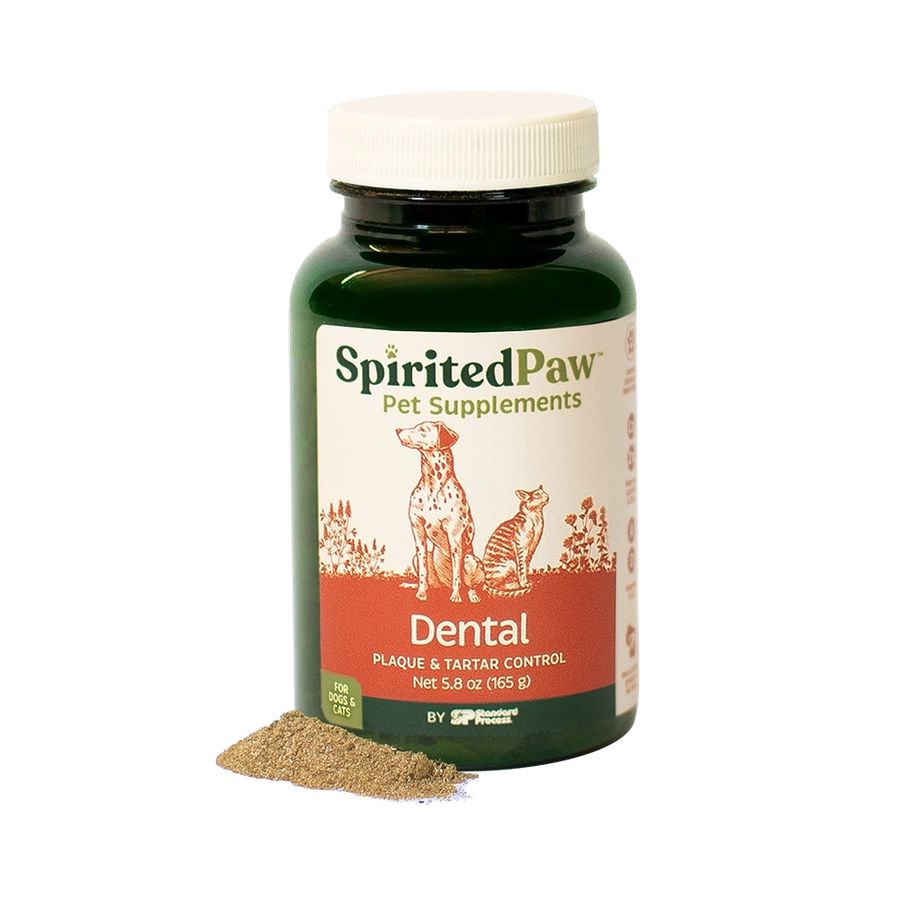
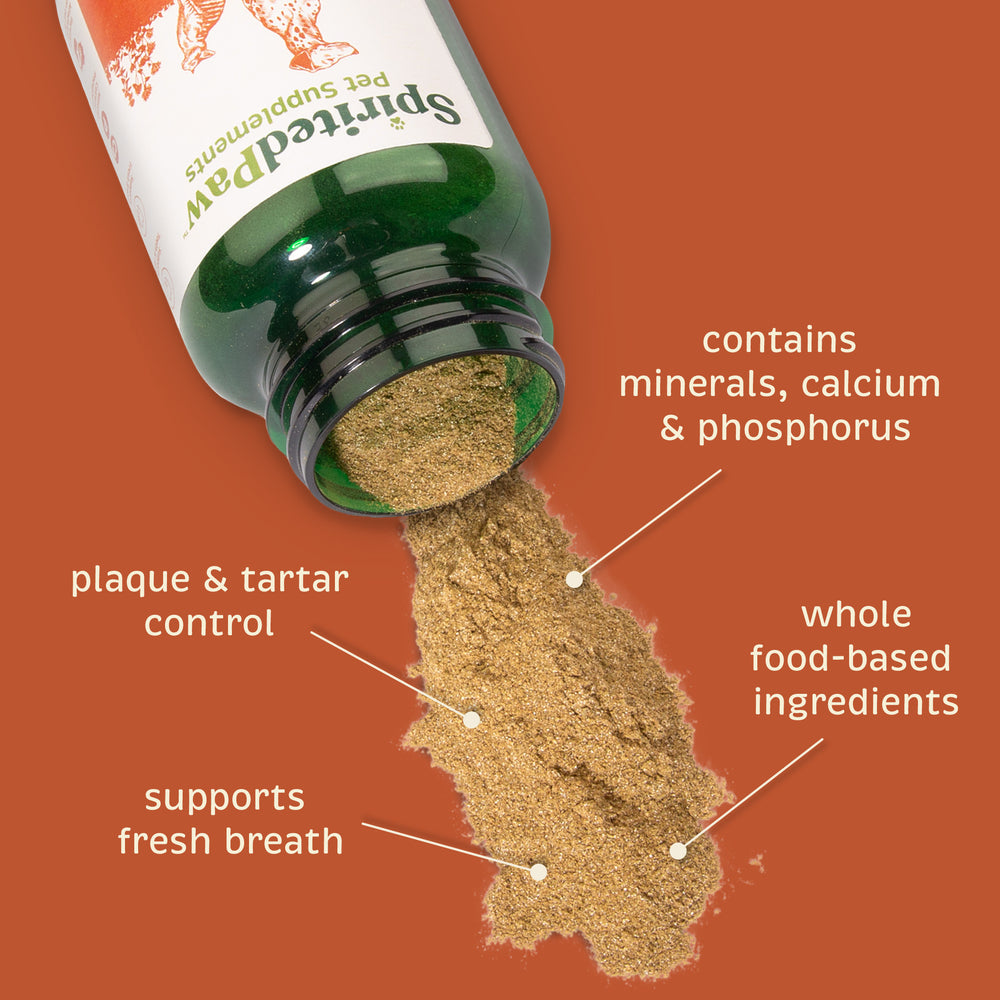
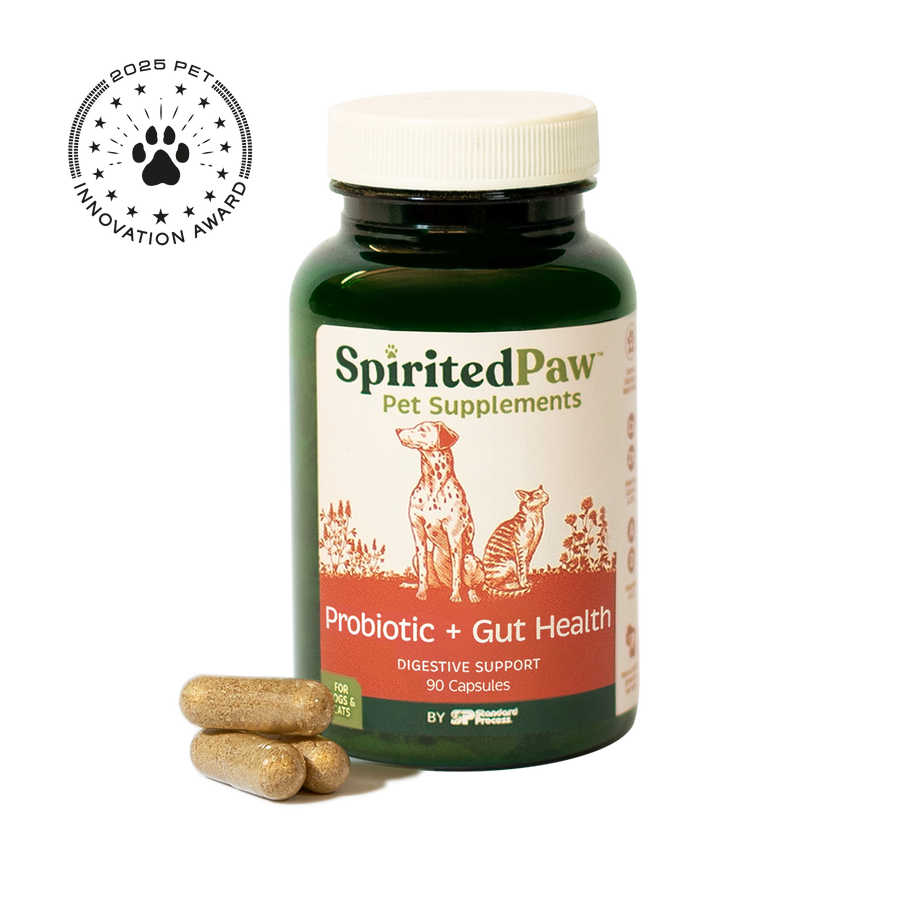

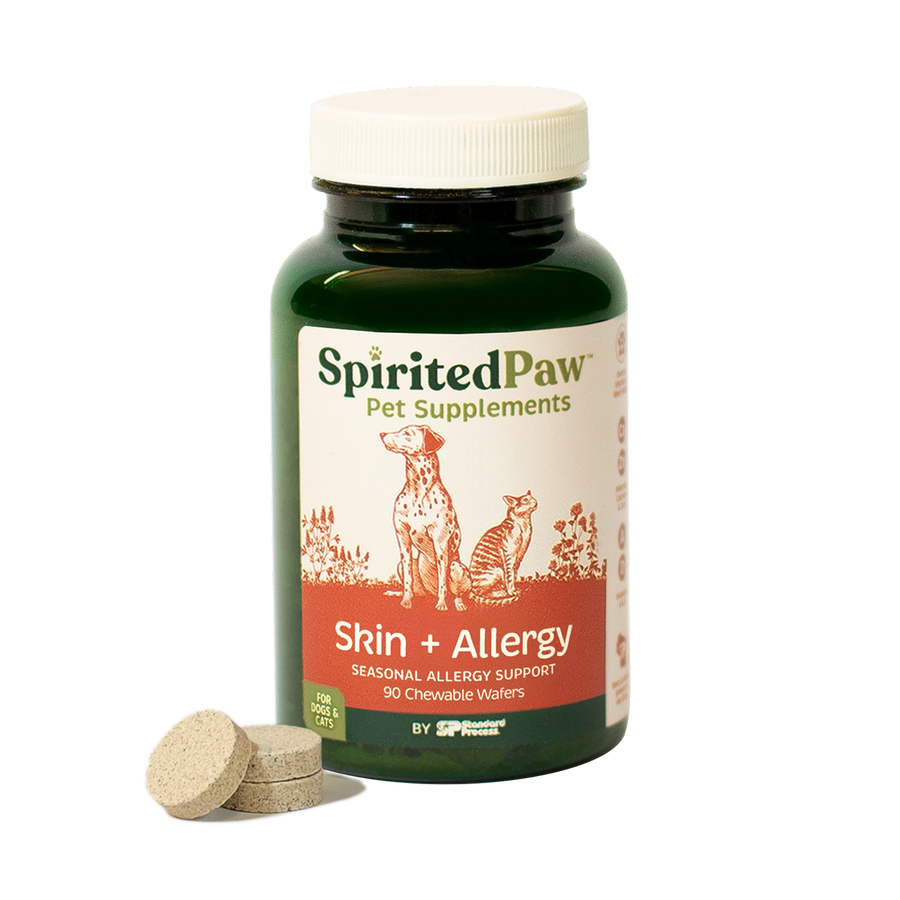
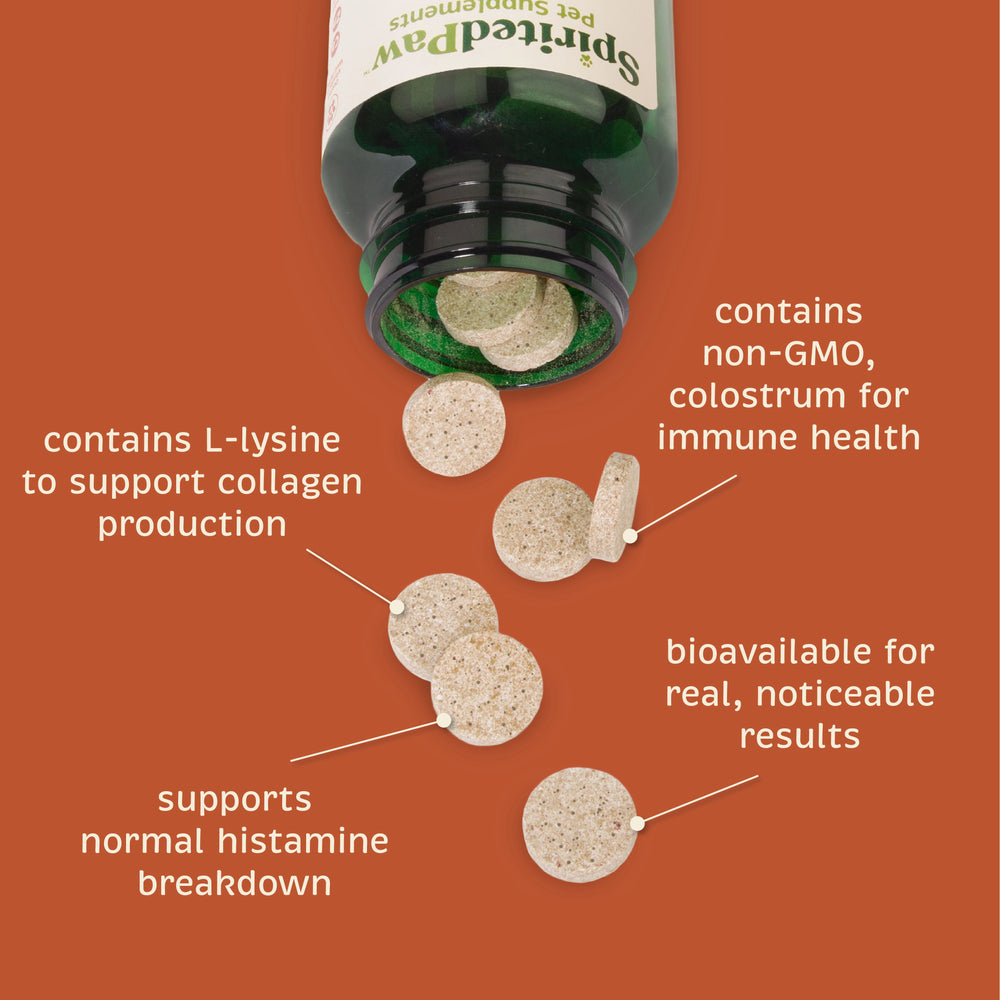
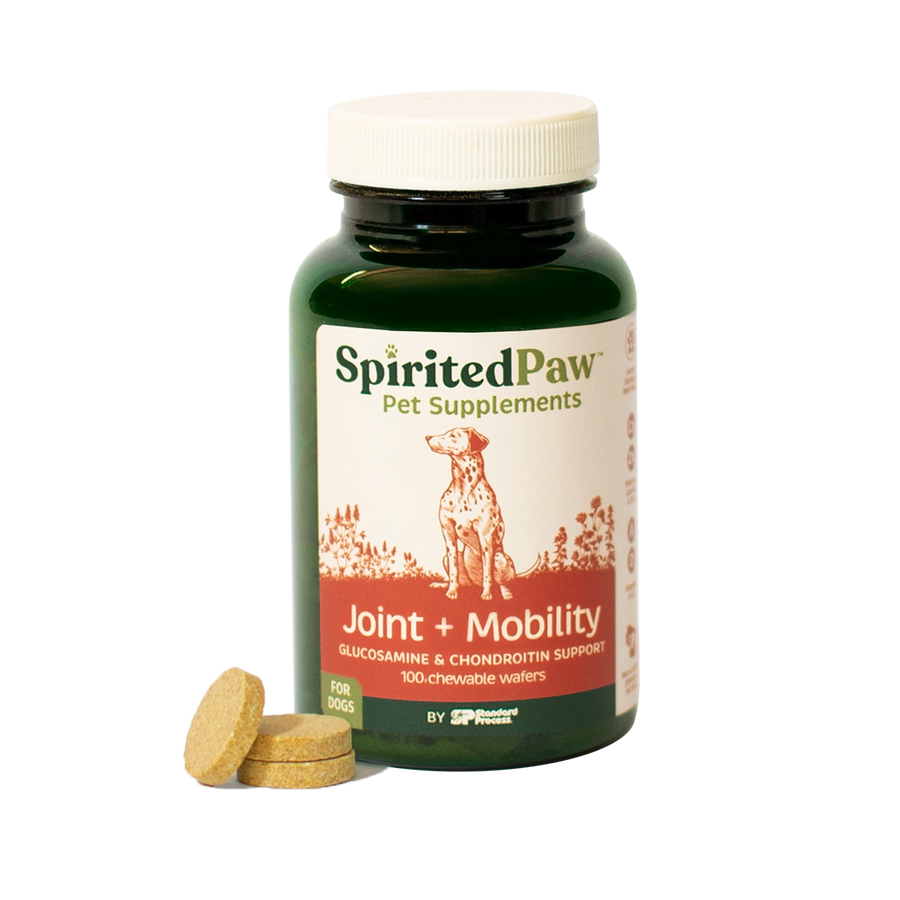

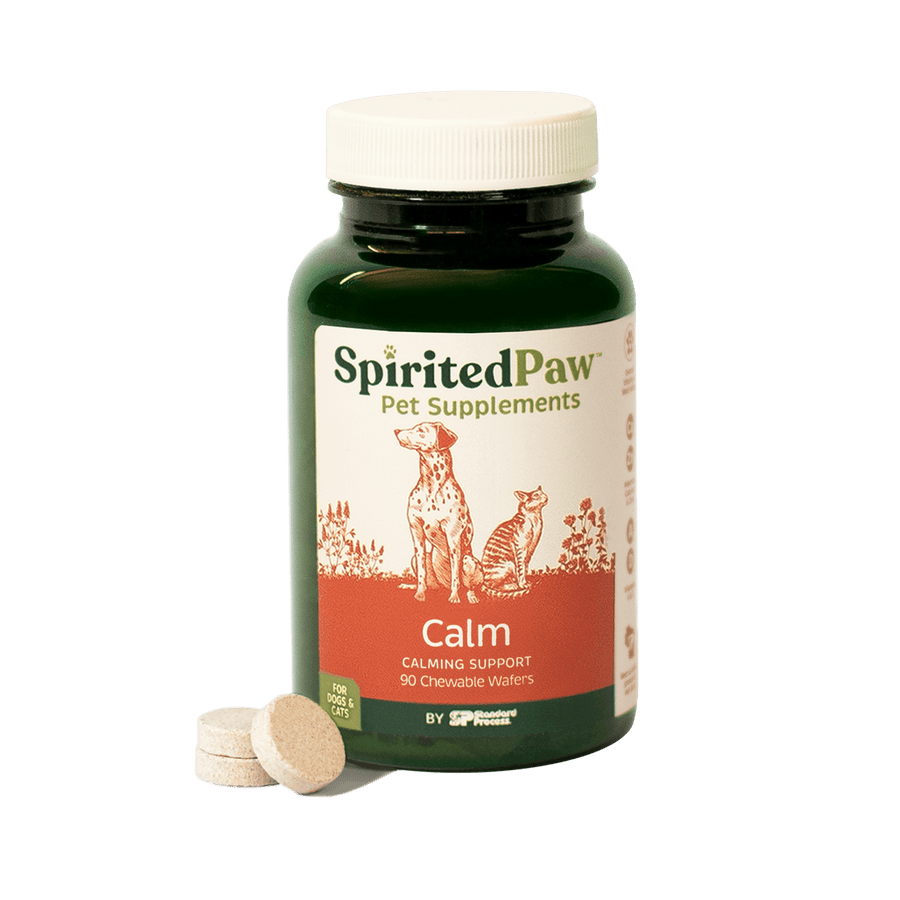
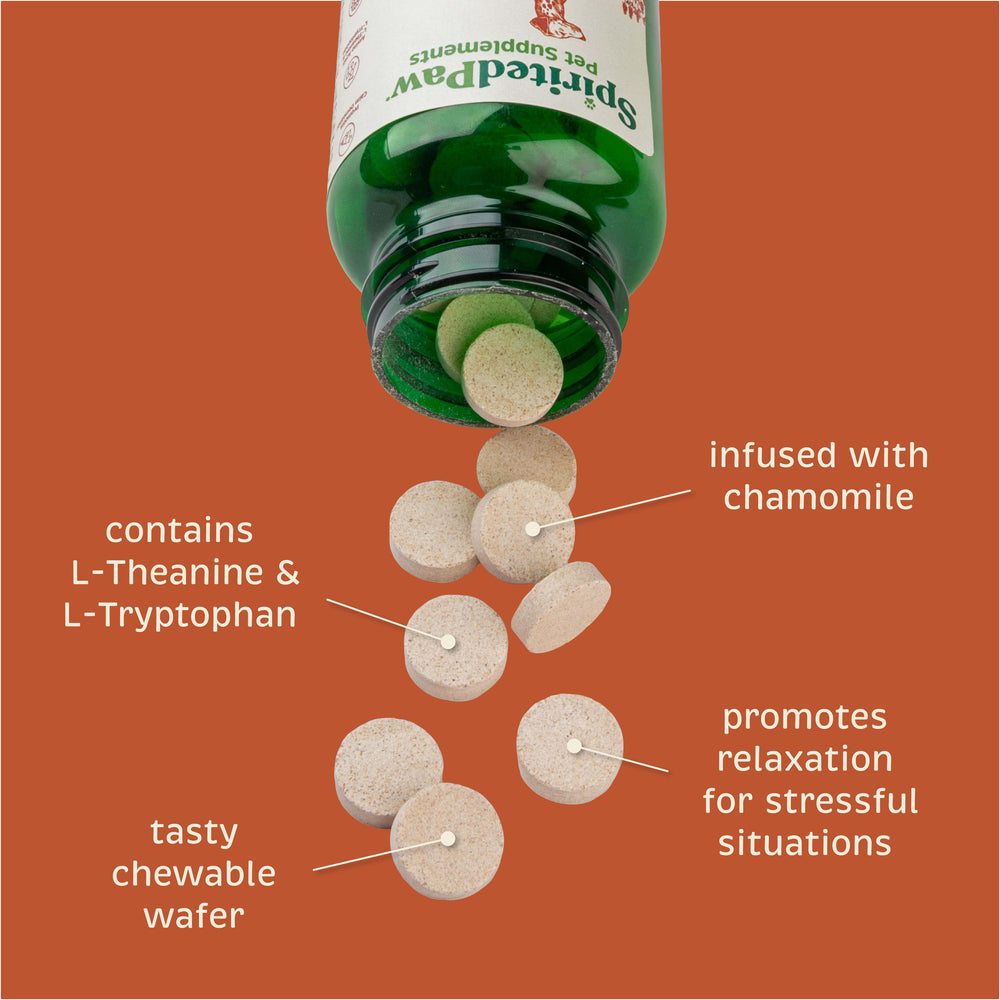

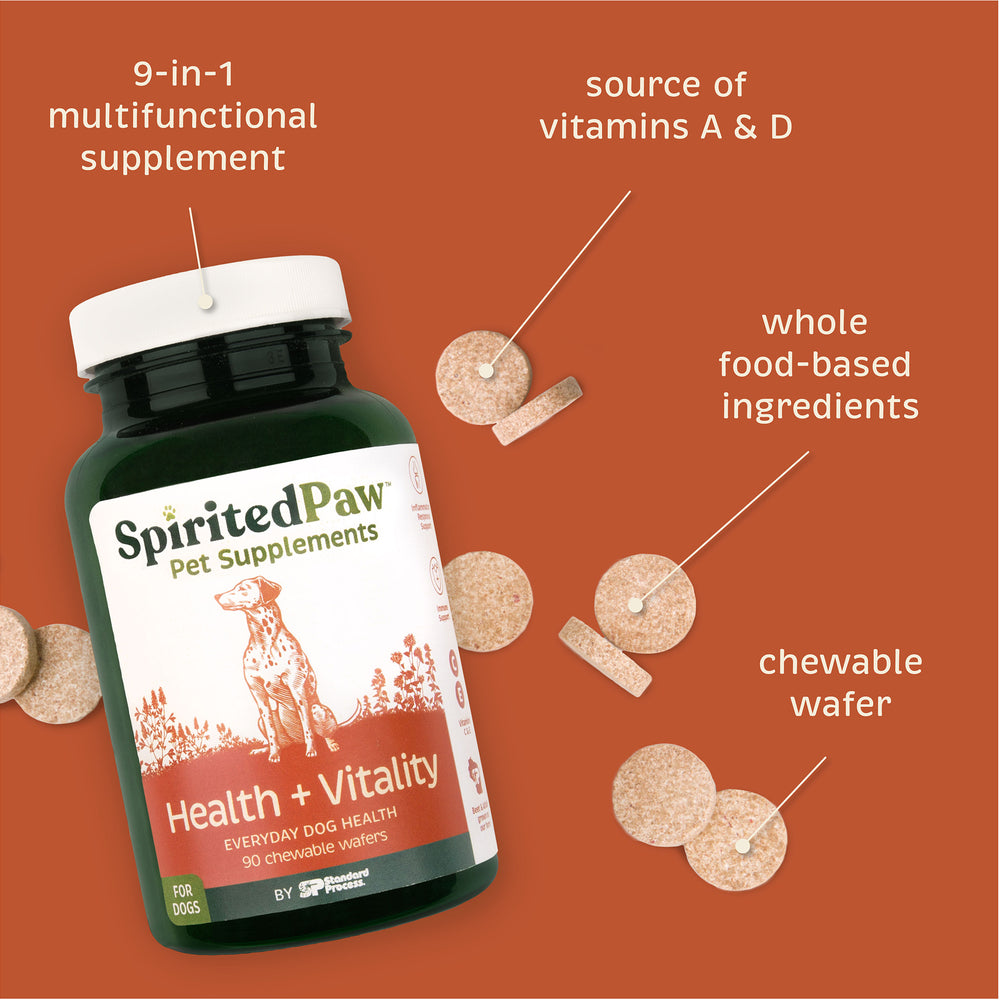
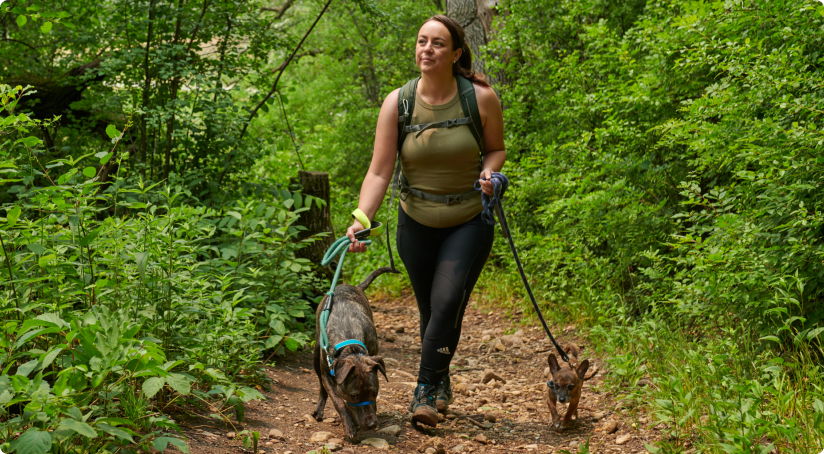
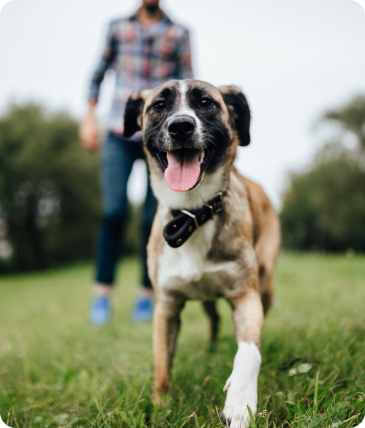
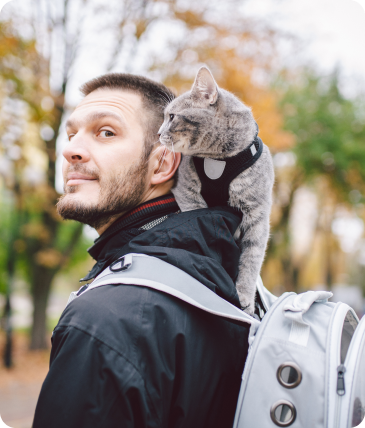
Leave a comment